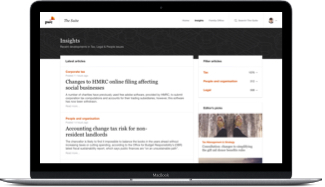Finance Act 2017 made changes to the taxation of assets made available to employees and directors. This change can have a fundamental impact on the tax and national insurance payable on the benefit in kind arising from the use of high value assets such as aircraft and boats. The change took effect on 6 April 2017. Any taxpayer who has access to high-value assets should be aware of this change and seek the appropriate advice.
Under the new rules, unless private use of the asset is prohibited and there is in fact no private use, the starting point for calculating the benefit-in-kind arising is that tax and NIC is payable on 365 days availability in the tax year, less the number of days the asset is used for business or by others together with unavailability for things like maintenance and an adjustment for shared private use. Previously, where supported by the appropriate facts, it was possible to apportion the benefit between days the asset was used for business and privately.
Assets provided in this way are taxable on 20% of the market value when the asset is first used plus additional expenses.
This simplified comparison where an asset value is £10m with 10 days private use and 40 days business use, shows the impact of the change in the rules:
Old rules
20% of asset £2,000,000
less
business use (40/50) (£1,600,000)
Taxable benefit £400,000
New rules
20% of asset £2,000,000
less
days used for business

